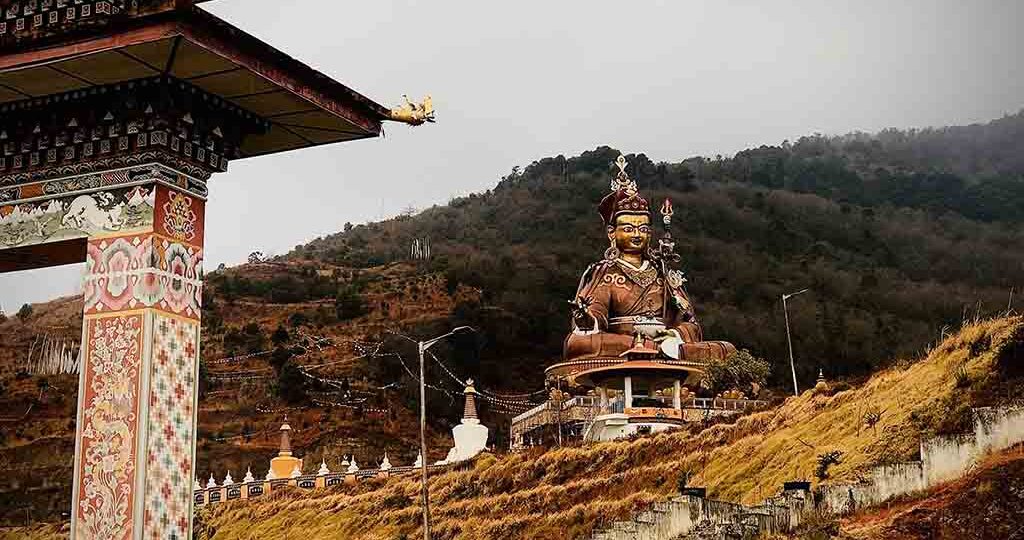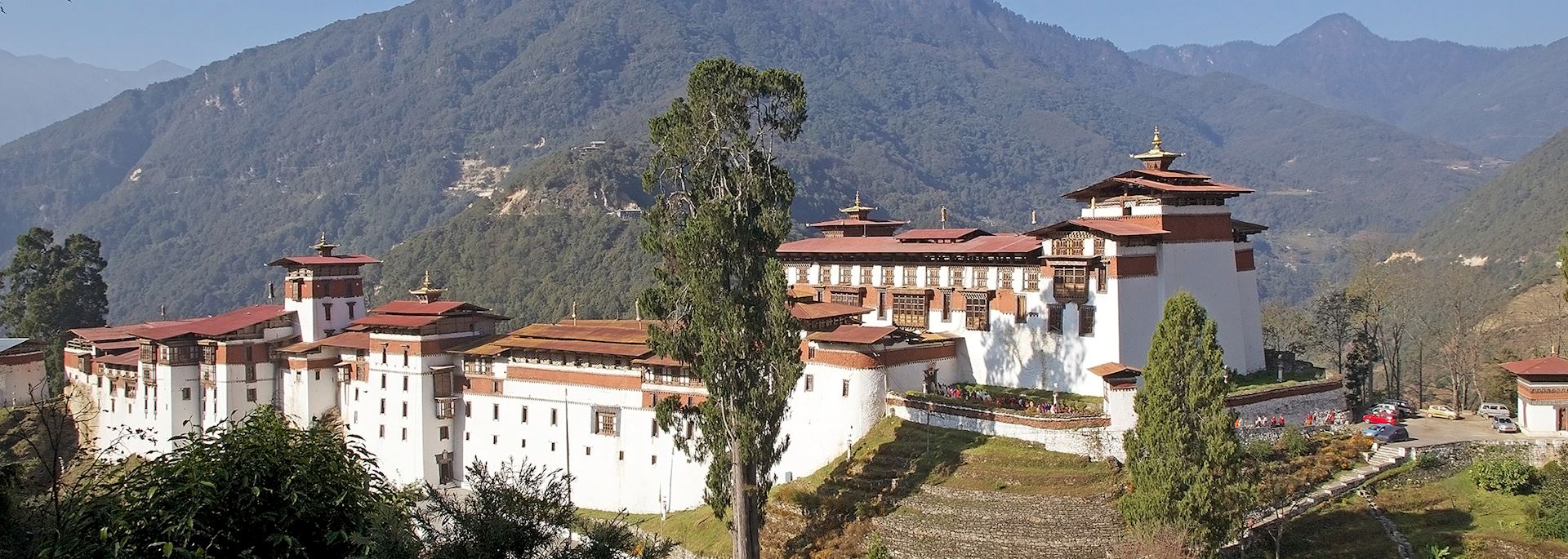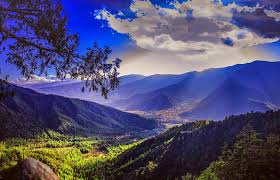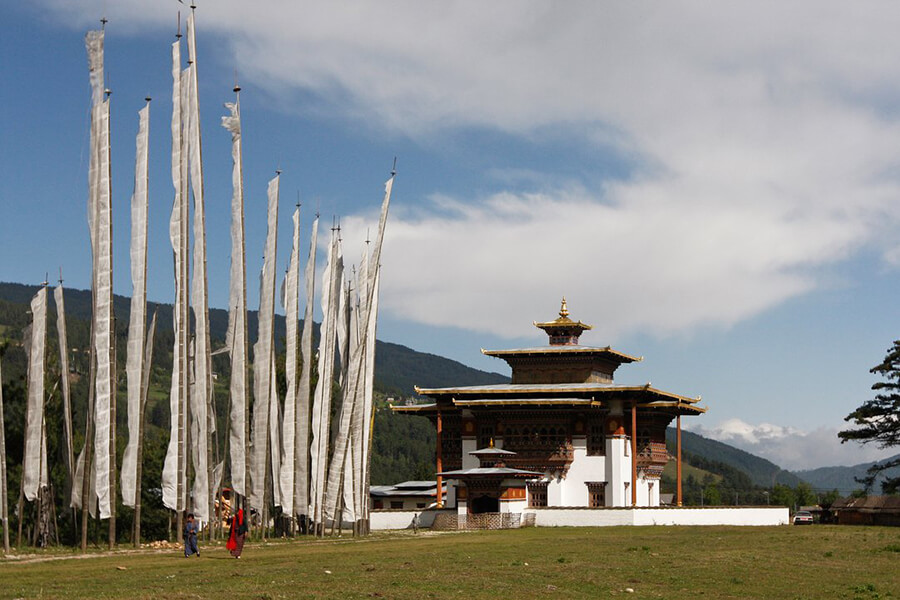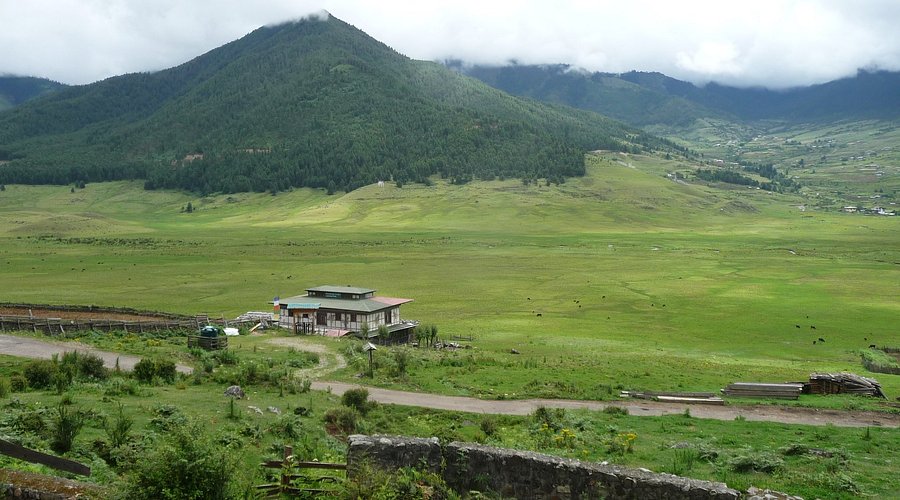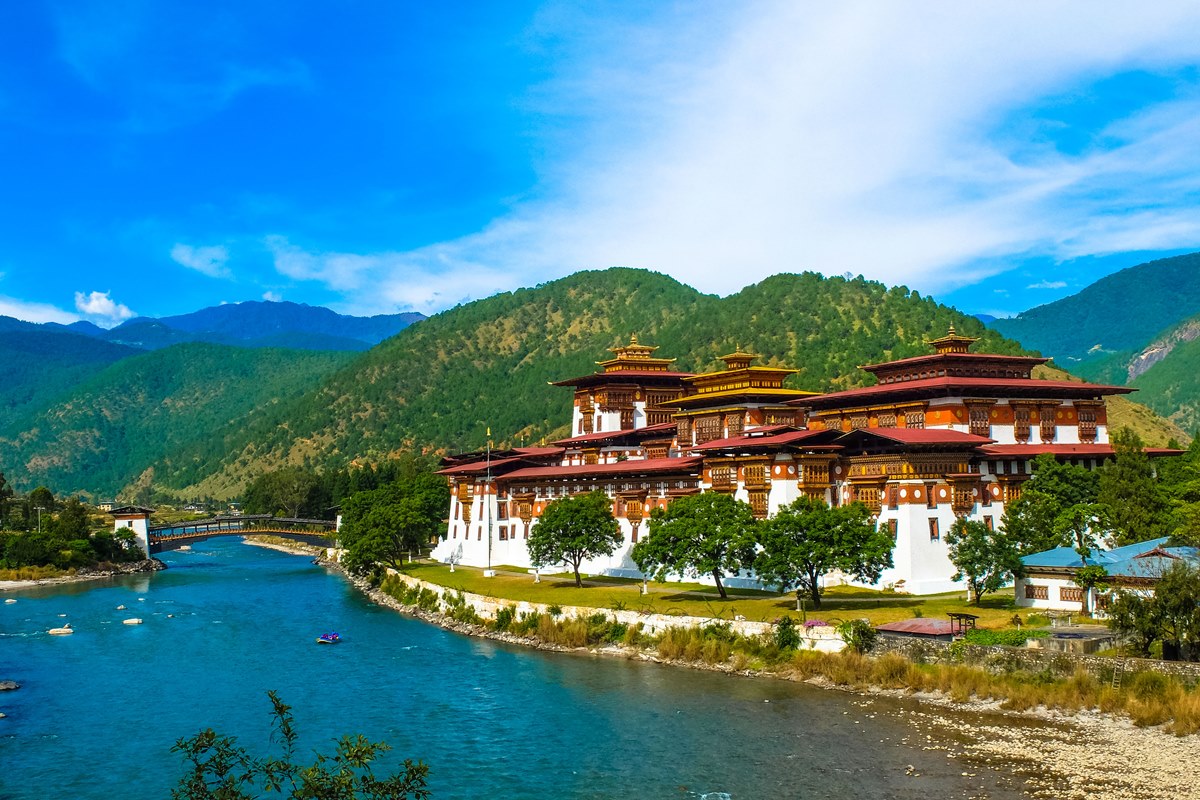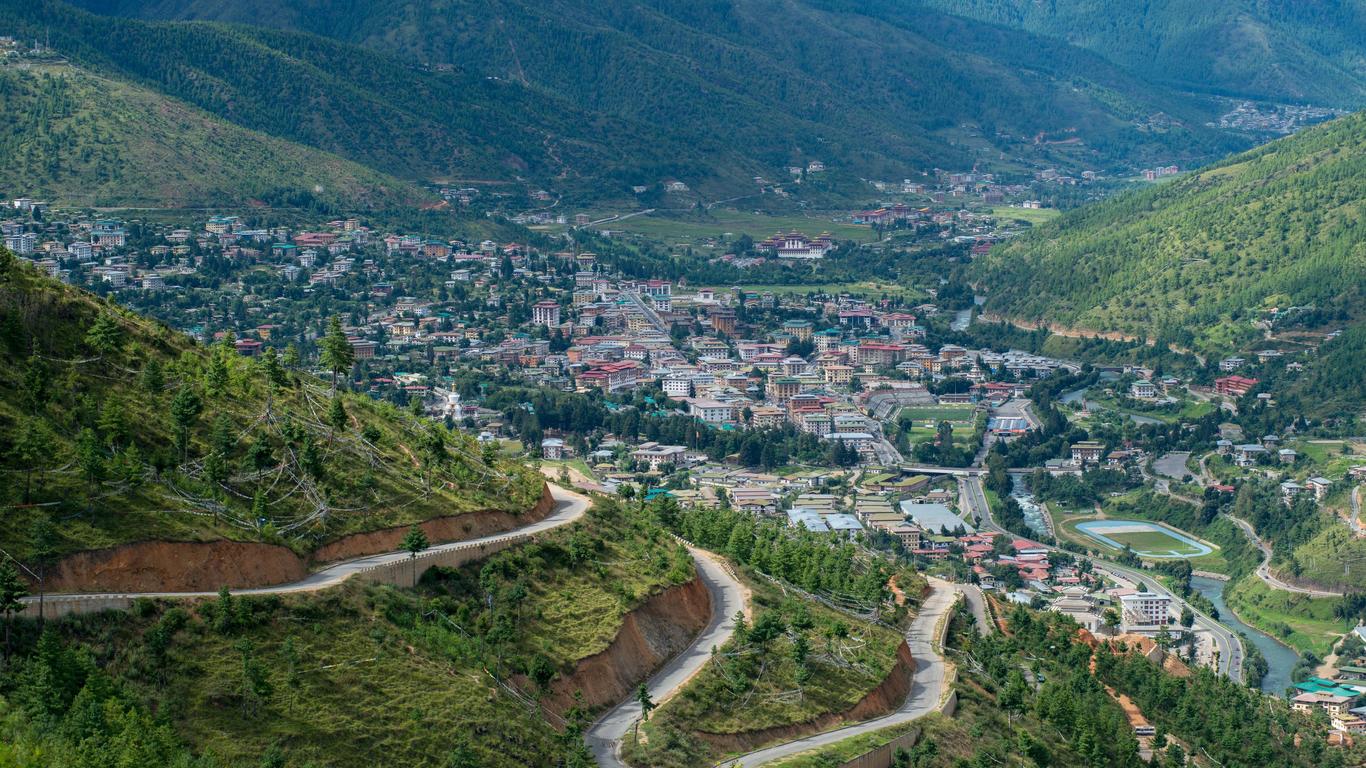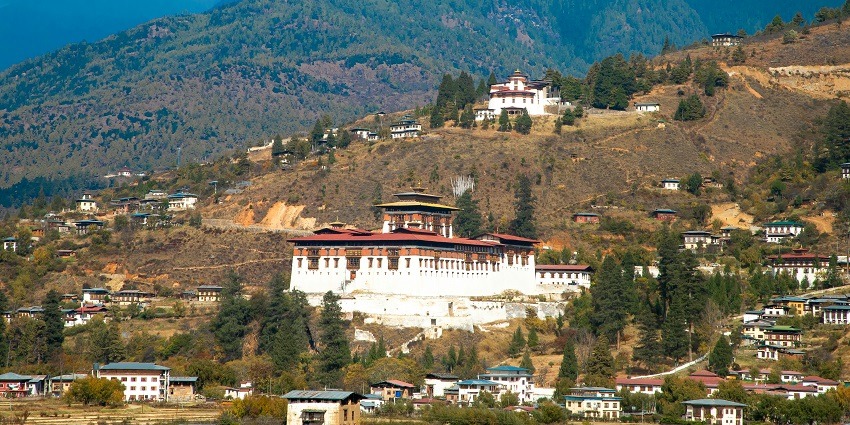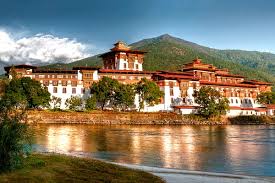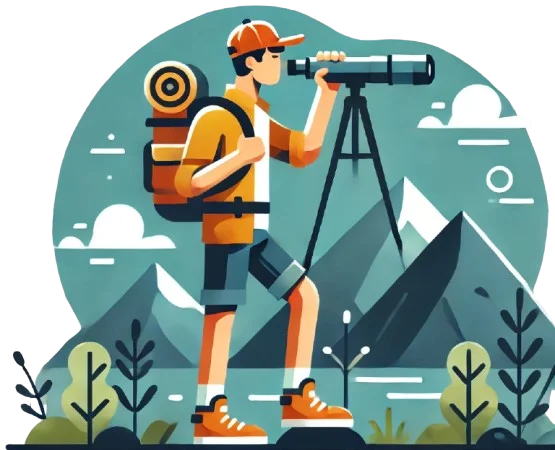How To Reach Bhutan
Reaching Bhutan depends on your starting location. Here’s a detailed guide on how to reach Bhutan by air and land.
By Air (Easiest & Fastest)
Bhutan’s only international airport is Paro International Airport (PBH). The national carrier Druk Air and Bhutan Airlines operate flights from the following cities:
- India: Delhi, Kolkata, Guwahati, Bagdogra
- Nepal: Kathmandu
- Thailand: Bangkok
- Bangladesh: Dhaka
- Singapore (Limited flights)
Important Note: Only a few airlines fly to Bhutan, and Paro Airport has challenging terrain, so flights operate under strict weather conditions.
By Land (From India)
Bhutan shares three border entry points with India:
- Phuentsholing (Main & Most Popular) – Entry from Jaigaon, West Bengal (Nearest railway station: Hasimara, 18 km)
- Samdrup Jongkhar – Entry from Assam (Nearest railway station: Rangia)
- Gelephu – Entry from Assam (Nearest railway station: Bongaigaon)
How to Reach These Borders from India:
- By Train: Nearest railway station to Bhutan is Hasimara (HSA), just 18 km from Phuentsholing. You can take a taxi from here.
- By Road: Private taxis and buses run from Siliguri, Bagdogra, and Kolkata to Jaigaon/Phuentsholing.
Visa & Permits
- Indian nationals: No visa required, but an entry permit is needed at the border (carry passport/voter ID).
- Other foreign nationals: Need a visa, which can only be obtained through a registered Bhutanese tour operator.
Categories

Request a call back
Our experts would love to create a package just for you!







